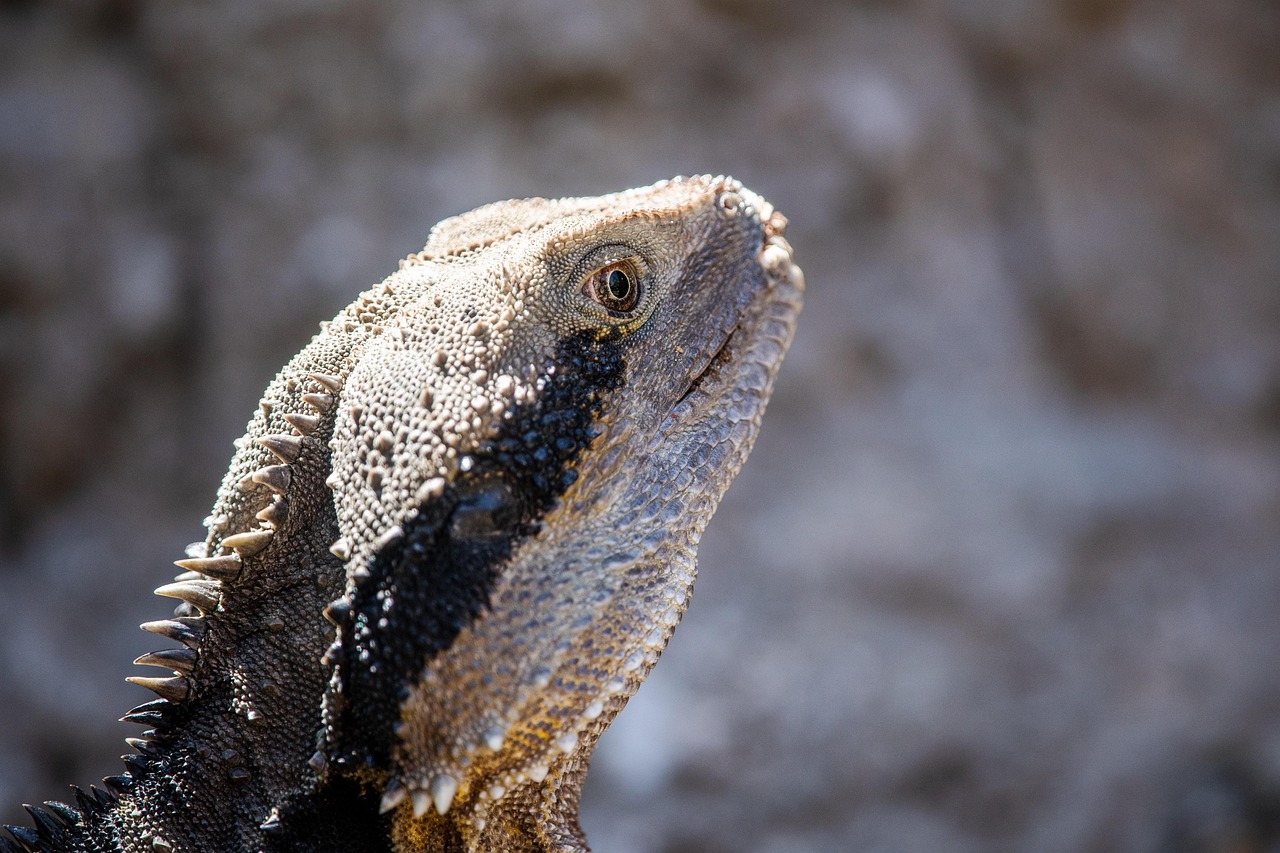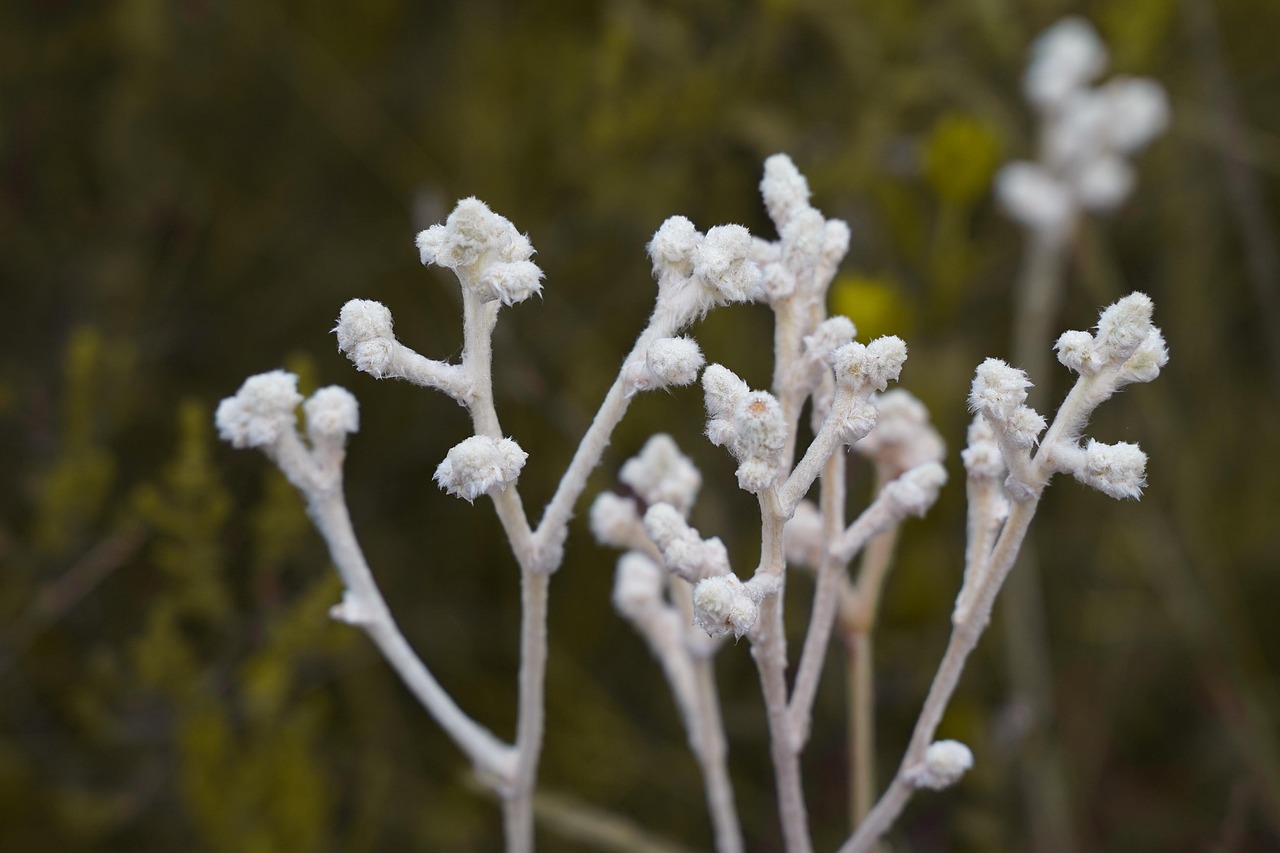The biome of the tuatara features a unique ecosystem characterized by temperate rainforests, coastal areas, and specific climatic conditions. This reptile thrives in New Zealand, where the environment supports diverse flora and fauna, shaping its habitat and survival strategies.
The Tuatara’s Habitat

The tuatara (Sphenodon punctatus) is often referred to as a “living fossil.” It is the sole survivor of an ancient group of reptiles known as Rhynchocephalia. The tuatara is endemic to New Zealand, where it inhabits a variety of ecological niches, primarily on offshore islands and in coastal areas. Its habitat is influenced by several factors, including temperature, humidity, and the availability of shelter.
The climate where the tuatara resides is classified as temperate maritime. This means it experiences mild temperatures year-round, with no extreme seasonal changes. The average temperature range is between 10°C to 20°C (50°F to 68°F), which is crucial for the tuatara’s biological processes. Unlike many reptiles, the tuatara has a unique adaptability to cooler temperatures, allowing it to thrive in environments where other reptiles may struggle.
Ecological Characteristics
The tuatara’s ecosystem is diverse, consisting of various plant and animal species that create a balanced environment. The forests where they live are rich with ferns, shrubs, and trees that provide essential cover and food sources. Key components of their ecosystem include:
- Flora: Native plants like tree ferns and broadleaf trees dominate the landscape, offering both shelter and nutrition.
- Fauna: The ecosystem supports numerous species, including insects, birds, and other reptiles that interact with the tuatara.
- Microclimates: The forest structure creates microclimates that help maintain humidity and temperature suitable for the tuatara.
As a nocturnal creature, the tuatara is primarily active during the night. It uses the darkness to hunt for insects and small invertebrates while avoiding predators. The abundance of prey in its habitat plays a vital role in its survival.
Climate Influences
The climate greatly affects the tuatara’s reproductive cycle. Unlike many reptiles that lay eggs at specific times of the year, tuataras can store sperm for several months. This unique adaptation allows them to time their egg-laying with favorable environmental conditions. The nesting period typically occurs during warmer months when the ground temperature is ideal for incubation.
In addition to temperature, humidity levels are crucial for the tuatara’s eggs. High humidity helps prevent desiccation during incubation, increasing hatchling survival rates. The following table summarizes important climate factors affecting the tuatara’s habitat:
| Climate Factor | Description |
|---|---|
| Temperature Range | 10°C to 20°C (50°F to 68°F) |
| Humidity Levels | Consistently high, especially during the nesting season |
| Seasonal Variation | Mild winters and cool summers with moderate rainfall |
This unique combination of factors creates an environment where the tuatara can thrive. Understanding the biome of this remarkable reptile provides insights into its conservation needs and highlights the importance of preserving its natural habitat.
Flora of the Tuatara’s Ecosystem
The flora surrounding the tuatara plays a significant role in shaping its ecosystem. The plants not only provide essential food sources but also create habitats that support various species. New Zealand’s unique biodiversity includes several endemic plants that thrive in the tuatara’s habitat.
Key plant types in the tuatara’s environment include:
- Tree Ferns: These ancient plants dominate the understory, providing cover and nesting areas for various species.
- Broadleaf Trees: Species such as kahikatea and totara are common, offering shade and stability to the forest structure.
- Native Grasses: These grasses grow in open areas, providing additional food sources for insects that tuataras prey upon.
The interconnections between flora and fauna create a balanced ecosystem. For instance, tree ferns and shrubs not only provide shelter but also play a vital role in maintaining humidity levels, which are crucial for the survival of both tuataras and their eggs.
Fauna Interactions
The fauna in the tuatara’s ecosystem consists of various species that interact with each other in complex ways. Understanding these relationships helps illustrate the delicate balance of this unique biome.
- Predators: While tuataras are at the top of their food chain, they must be wary of potential predators, including introduced species like rats and stoats.
- Prey: Insects are the primary food source for tuataras. Beetles, crickets, and other invertebrates thrive in the underbrush and are essential for the tuatara’s diet.
- Symbiotic Relationships: Tuataras benefit from their ecosystem through relationships with other species, such as insects that aid in pollination or decomposition.
This intricate web of interactions not only supports the tuatara but also emphasizes the importance of preserving every species within the ecosystem. When one species is threatened, it can have cascading effects on others.
Threats to the Tuatara’s Habitat
Despite being well-adapted to their environment, tuataras face several threats that jeopardize their survival. These threats arise from both natural and human-induced factors. Understanding these threats is crucial for effective conservation efforts.
The primary threats include:
- Habitat Loss: Urbanization and agricultural expansion lead to habitat destruction, reducing the available space for tuataras to live and breed.
- Invasive Species: Predators such as rats, cats, and stoats have been introduced to New Zealand, posing significant risks to tuatara populations.
- Climate Change: Changes in temperature and precipitation patterns affect their habitats, potentially altering food availability and nesting conditions.
Ecosystem management strategies focus on mitigating these threats. Conservation programs aim to protect existing habitats, control invasive species, and monitor climate impacts on ecosystems where tuataras reside.
Conservation Efforts

Conserving the unique ecosystem of the tuatara requires collaborative efforts between government bodies, conservation organizations, and local communities. Initiatives focus on various aspects of protection and rehabilitation.
- Habitat Restoration: Projects aim to restore native vegetation in areas where it has been lost due to human activity.
- Predator Control: Programs are implemented to manage invasive species populations in tuatara habitats, ensuring a safer environment for them to thrive.
- Research and Monitoring: Ongoing studies help track tuatara populations and assess the health of their ecosystems, informing future conservation strategies.
The combined efforts of these initiatives are vital for sustaining the tuatara and its unique biome, providing insight into effective conservation practices that can be applied to other endangered species as well.

Adaptive Features of the Tuatara
The tuatara possesses several unique adaptations that enable it to thrive in its distinct ecological niche. These adaptations are a result of millions of years of evolution, allowing the tuatara to survive in an environment where temperature and humidity levels can vary significantly.
Physical Adaptations
One of the most notable physical features of the tuatara is its ability to regulate body temperature. Unlike many reptiles, which rely solely on external heat sources, the tuatara can tolerate cooler temperatures, allowing it to remain active even in lower climatic conditions.
Other key physical adaptations include:
- Three Eyelids: Tuataras have a unique third eyelid, known as a nictitating membrane, which helps protect their eyes and keep them moist.
- Teeth Structure: Their teeth are fused to the jawbone, giving them a powerful bite that is effective for consuming prey.
- Coloration: The tuatara’s skin color allows it to blend into its environment, providing camouflage from predators and aiding in ambush hunting.
Behavioral Adaptations
Behaviorally, tuataras exhibit several traits that enhance their chances of survival. Their nocturnal lifestyle minimizes exposure to daytime predators and allows them to hunt more effectively at night when their prey is also active.
Additional behavioral adaptations include:
- Social Structure: Tuataras are known to establish territories. Males often engage in displays of dominance to secure their area without resorting to physical confrontations.
- Nesting Strategies: Female tuataras typically nest in burrows, a behavior that not only protects their eggs from predators but also maintains necessary humidity levels during incubation.
- Camouflage and Stillness: When threatened, tuataras often remain motionless to avoid detection, using their natural coloration to blend into their surroundings.
The Role of Temperature in Tuatara Life Cycle
Temperature plays a critical role in the life cycle of the tuatara. As ectothermic animals, their body temperature affects their metabolic processes, reproduction, and overall health. Understanding this relationship can provide insights into how climate variations might impact tuatara populations.
Reproductive Timing
The reproductive cycle of tuataras is closely tied to environmental temperatures. Mating typically occurs during warmer months, allowing for optimal conditions for egg laying. Female tuataras can store sperm for several months, giving them flexibility in timing their reproduction based on environmental signals.
This adaptation allows females to lay eggs when conditions are most favorable, thereby increasing the likelihood of hatchling survival. The incubation period lasts approximately 11 to 16 weeks, depending on temperature. Warmer temperatures tend to speed up the development of embryos.
Thermal Tolerance
Tuatara hatchlings are particularly sensitive to temperature variations, as extreme heat or cold can significantly impact their survival rates. Research indicates that higher temperatures during incubation can lead to skewed sex ratios, with more males being produced in warmer conditions.
The following table outlines the effects of temperature on different stages of the tuatara’s life cycle:
| Life Stage | Temperature Influence |
|---|---|
| Embryonic Development | Warmer temperatures accelerate development; extreme heat can cause mortality. |
| Hatchling Survival | Optimal temperatures increase survival rates; high heat can lead to dehydration. |
| Adult Activity Levels | Milder temperatures promote active hunting; extreme cold reduces activity and feeding. |
The intricate relationship between temperature and the lifecycle of the tuatara underscores the need for ongoing research into how climate change may affect these reptiles and their habitats. As global temperatures rise, understanding these dynamics becomes increasingly crucial for effective conservation strategies.
Conservation Challenges and Opportunities

The conservation of the tuatara and its unique ecosystem presents both challenges and opportunities. While significant efforts have been made to protect this ancient reptile, ongoing threats necessitate a continual commitment to conservation and management strategies.
One of the most pressing challenges is the management of invasive species. As previously mentioned, introduced predators such as rats and stoats pose a direct threat to tuatara populations. Effective control measures are essential to mitigate these risks. Conservation programs have seen success through trapping and monitoring initiatives that aim to reduce the populations of these invasive species in critical habitats.
Moreover, habitat restoration is crucial for ensuring that tuatara populations can thrive. Reforestation projects and the removal of non-native plants help restore the ecosystems that tuataras depend on. Engaging local communities in these efforts is vital, as it fosters a sense of stewardship and responsibility toward preserving New Zealand’s unique biodiversity.
Research and Education
Research plays an instrumental role in understanding the needs of the tuatara and its ecosystem. Ongoing studies focus on various aspects, including population genetics, breeding behaviors, and the impacts of climate change on their habitat. By gathering data, researchers can develop informed strategies to enhance conservation efforts.
Education is equally important. Raising awareness about the significance of the tuatara and its role in New Zealand’s ecosystem can help garner public support for conservation initiatives. Educational programs aimed at schools and local communities provide valuable insights into the importance of biodiversity and the need for environmental protection.
Final Thoughts
The biome of the tuatara is a remarkable example of nature’s resilience and adaptability. This unique reptile, often referred to as a living fossil, embodies millions of years of evolutionary history. Its survival is intricately linked to the health of its ecosystem, which encompasses diverse plant and animal species as well as specific climatic conditions.
Recognizing the interconnectedness of these elements emphasizes the importance of comprehensive conservation strategies. As we face the challenges posed by climate change and habitat loss, it is crucial to prioritize the preservation of unique ecosystems like those inhabited by tuataras. Protecting their habitat not only ensures their survival but also contributes to the overall health of New Zealand’s biodiversity.
In conclusion, understanding the tuatara’s unique ecosystem and climate is not just about preserving one species; it is about safeguarding an entire biome that provides essential services to our planet. Through continued research, education, and collaborative conservation efforts, we can work towards a sustainable future for the tuatara and all species that share its environment.
